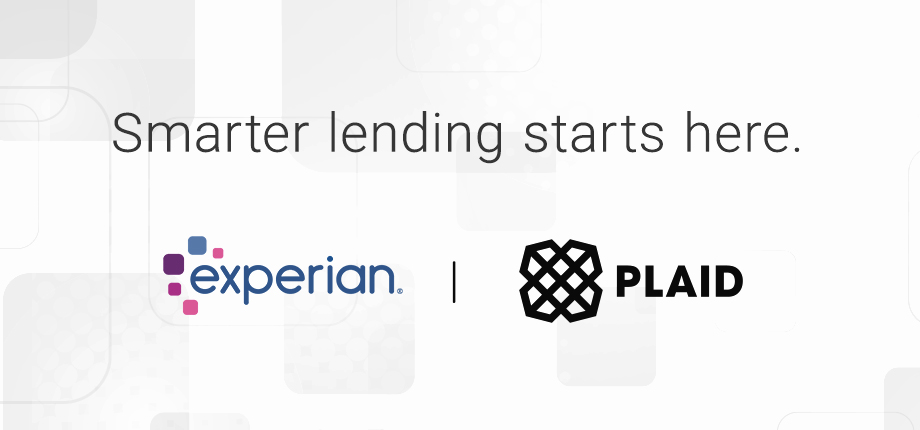
This article was updated on February 13, 2024.
Traditional credit data has long been a reliable source for measuring consumers’ creditworthiness. While that’s not changing, new types of alternative credit data are giving lenders a more complete picture of consumers’ financial health. With supplemental data, lenders can better serve a wider variety of consumers and increase financial access and opportunities in their communities.
What is alternative credit data?
Alternative credit data, also known as expanded FCRA-regulated data, is data that can help you evaluate creditworthiness but isn’t included in traditional credit reports.1 To comply with the Fair Credit Reporting Act (FCRA), alternative credit data must be displayable, disputable and correctable.
Lenders are increasingly turning to new types and sources of data as the use of alternative credit data becomes the norm in underwriting. Today, lenders commonly use one or more of the following:
- Alternative financial services data: Alternative financial services (AFS) credit data can include information on consumers’ use of small-dollar installment loans, single-payment loans, point-of-sale financing, auto title loans and rent-to-own agreements.
- Consumer permission data: With a consumer’s permission, you can get transactional and account-level data from financial accounts to better assess income, assets and cash flow. The access can also give insight into payment history on non-traditional accounts, such as utilities, cell phone and streaming services.
- Rental payment history: Property managers, electronic rent payment services and rent collection companies can share information on consumers’ rent payment history and lease terms.
- Full-file public records: Local- and state-level public records can tell you about a consumer’s professional and occupational licenses, education, property deeds and address history.
- Buy Now Pay Later (BNPL) data: BNPL tradeline and account data can show you payment and return histories, along with upcoming scheduled payments. It may become even more important as consumers increasingly use this new type of point-of-sale financing.
By gathering more information, you can get a deeper understanding of consumers’ creditworthiness and expand your lending universe. From market segmentation to fraud prevention and collections, you can also use alternative credit data throughout the customer lifecycle.
READ: 2023 State of Alternative Credit Data Report
Challenges in underwriting today
While unemployment rates are down, high inflation, rising interest rates and uncertainty about the economy are impacting consumer sentiment and the lending environment.2 Additionally, lenders may need to shift their underwriting approaches as pandemic-related assistance programs and loan accommodations end.
Lenders may want to tighten their credit criteria. But, at the same time, consumers are becoming accustomed to streamlined application processes and responses. A slow manual review could lead to losing customers.
Alternative credit data can help you more accurately assess consumers’ creditworthiness, which may make it easier to identify high-risk applicants and find the hidden gems within medium-risk segments. Layering traditional and alternative credit data with the latest approaches to model building, such as using artificial intelligence, can also help you implement precise and predictive underwriting strategies.
Benefits of using alternative data for credit underwriting
Using alternative data for credit underwriting — along with custom credit attributes and automation — is the modern approach to a risk-based credit approval strategy. The result can offer:
- A greater view of consumer creditworthiness: Personal cash flow data and a consumer’s history of making (or missing) payments that don’t appear on traditional credit reports can give you a better understanding of their financial position.
- Improve speed and accuracy of credit decisions: The expanded view helps you create a more efficient underwriting process. Automated underwriting tools can incorporate alternative credit data and attributes with meaningful results. One lender, Atlas Credit, worked with Experian to create a custom model that incorporated alternative credit data and nearly doubled its approvals while reducing risk by 15 to 20 percent.3
- Increase financial inclusion: There are 28 million American adults who don’t have a mainstream credit file and 21 million who aren’t scoreable by conventional scoring models.4 With alternative credit data, you may be able to more accurately assess the creditworthiness of adults who would otherwise be deemed thin file or unscorable. Broadening your pool of applications while appropriately managing risk is a measurable success.
What Experian builds and offers
Experian is continually expanding access to expanded FCRA-regulated data. Our Experian RentBureau and Clarity Services (the leading source of alternative financial credit data) have long given lenders a more complete picture of consumers’ financial situation.
Experian also helps lenders effectively use these new types of data. You can also incorporate the data into your proprietary marketing, lending and collections strategies. Experian is also using alternative credit data for credit scoring. The Lift Premium™ model can score 96 percent of U.S. adults — compared to the 81 percent that conventional models can score using traditional data.5
The bottom line
Lenders have been testing and using alternative credit data for years, but its use in underwriting may become even more important as they need to respond to changing consumer expectations and economic uncertainty. Experian is supporting this innovation by expanding access to alternative data sources and helping lenders understand how to best use and implement alternative credit data in their lending strategies.


